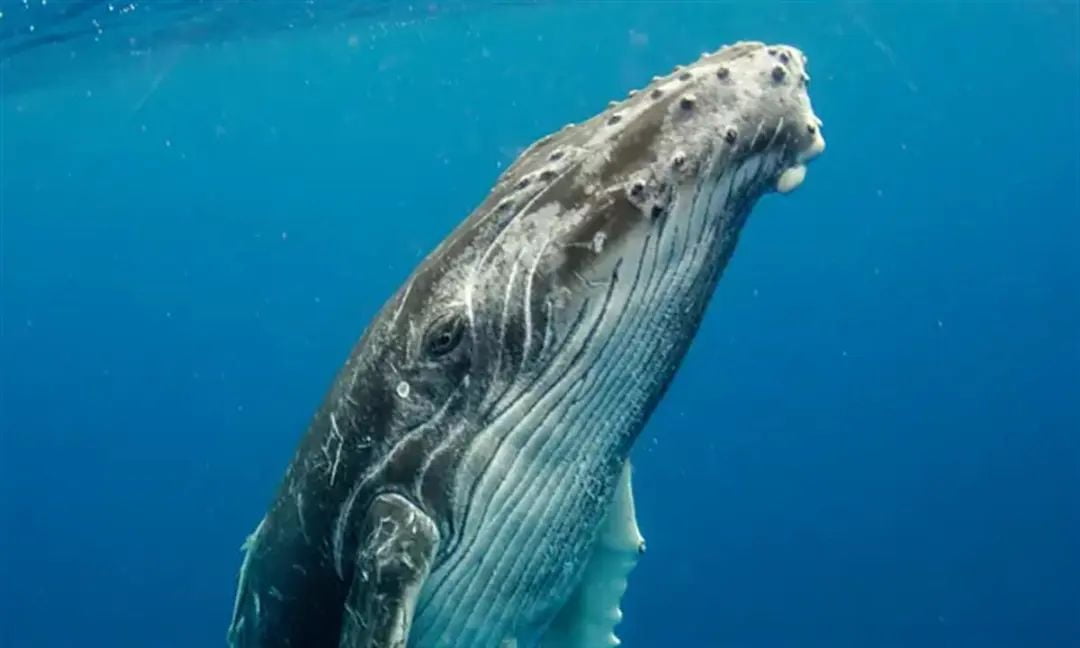With massive amounts of plastic waste being dumped into the environment, microplastics are polluting the entire planet. A study shows that whales consume millions of microplastic pollution particles every day, making them the largest group of plastic waste consumers on the planet, The Guardian reported Nov. 1.
A study by American scientist Shirel Kahane-Rapport, a researcher at California State University, Fullerton, was recently featured in an article published in the journal Nature Communications. The study combined a series of measurements to estimate microplastic intake by whales (blue, fin and humpback whales) off the coast of California, USA.

These three species of whales are not only huge, but also have the distinction of usually feeding at depths of 50 to 250 meters (165 to 820 feet) underwater. According to Kahane-Rapport, this depth is precisely where "the greatest concentration of microplastics" is found in the ocean.
According to relevant data estimates, a blue whale daily intake of up to about 10 million microplastic particles, which means that after 3-4 months of feeding, a blue whale ingested plastic micro-particles up to 1 billion. In this one season alone, blue whales ingested between 0.23 and 4 tons of plastic.
Researchers warned after data collected in California coastal waters that whales could eat 150 million microplastic particles a day in heavily polluted areas if plastic pollution continues to increase. In addition, scientists say microplastic pollution is worse in other parts of the world.
The damage microplastics can do to whales is enormous. Previous studies by scientists have found plastic-derived contaminants in the blubber of whales, which can cause them to be harmed by microplastics and the toxic chemicals they carry. But exactly what kind of health damage, researchers have not yet given a definitive conclusion.
Only by understanding microplastic intake rates and their impact on marine wildlife can the conservation challenges posed by plastic litter be addressed, the researchers noted.

